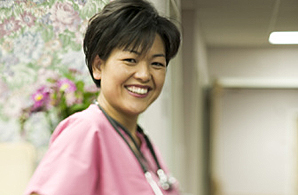Uncategorized
Checklist for Managing Your Wellbeing While Working in Mental Health Care
Do you work in mental health care or a related field? Perhaps you’ve recently completed an online Masters in Clinical Mental Health Counseling ...



















